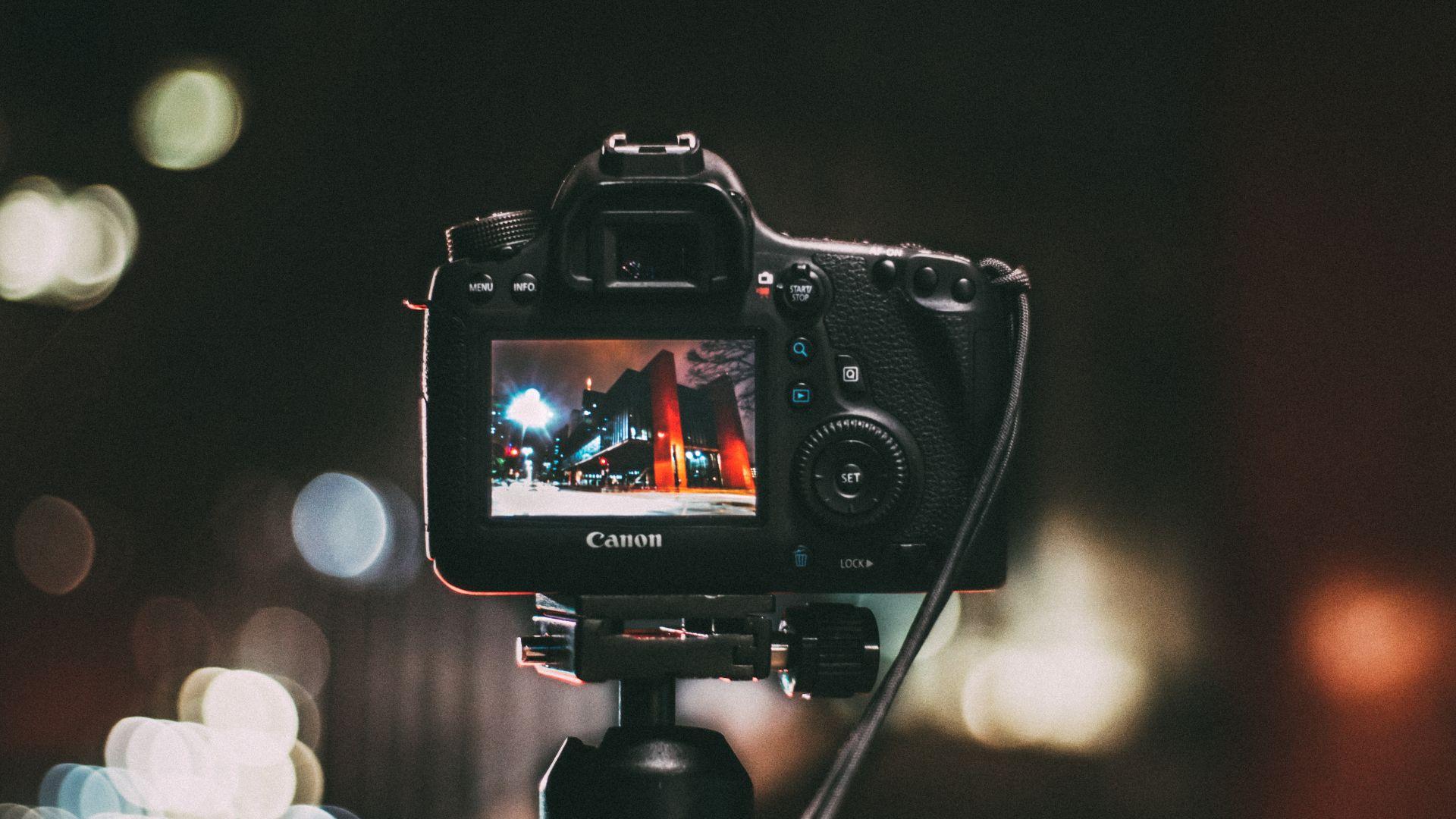SMARTPHONE CAMERA OR DIGITAL CAMERA: DO WE STILL NEED A CAMERA TODAY?

Digital cameras suffer the same fate as MP3 players: the boom in smartphones and the technical innovations that can now be found on mobile phones have caused sales to plummet. While smartphone cameras are always more efficient, should we do without a classic camera?
At the beginning of the mobile phone, things were clear: to take pretty pictures, you needed a digital camera. The resolution and image quality were not there on the first mobile phones equipped with a camera.
To have a memory of a party, okay, but that was it. And then the technology evolved, as always. Since then, smartphone cameras have clearly caught up.
Inspired by Josef Mohamed, we will share with you all you need to know about this comparison!
Advantage of the smartphone: always at hand
The major advantage of the smartphone: you always have it on you. It is therefore ideal for taking a memory photo. We quickly take it out of the jacket or trouser pocket and take a picture.
And now, it's over. You can send the photos directly via WhatsApp or publish them on Facebook, ideal when you're not at home… provided you have an Internet connection. Why, therefore, bother with an additional device, namely a digital camera?
To take photos on the fly, selfies, and memories, in particular, it is actually not necessary to use a classic camera if you have a good smartphone. Obviously, the high-end models generally offer the best image quality, with a resolution of up to 20 megapixels today: more than enough.
Technical limitations of smartphone cameras
Smartphones are not specialists, however, but rather a kind of Swiss army knife with multiple functions, including that of a camera.
In addition, they have the obligation to be as slender as possible. But this flat structure and this versatility also go hand in hand with certain technical limitations:
Large number of smartphone cameras don't have an optical zoom. An optical zoom lets you zoom in on subjects without losing quality if you don't move the camera. Smartphones, on the other hand, are usually only able to digitally zoom in on a subject, to the detriment of quality.
Given the imposed dimensions, the image sensors of smartphones are generally small, and therefore less bright. The shots in the event of poor light are therefore less good.
Camera trigger speeds on smartphones are often slower. When you want to take a candid photo, it can actually take a long time from pressing the trigger symbol to the actual trigger.
In addition, smartphones need a certain amount of time to memorize a photo, another factor which can also affect the spontaneity of a shot. When it comes to speed, digital cameras are (still) a step ahead.
Even the best smartphones are not always equipped with an image stabilizer. An image stabilizer is not only useful in poor light, when shooting requires a longer exposure time. But it is also when taking a photo at arm's length, which is often the case with a smartphone.
DSLR and mirrorless cameras for ambitious photographers
It's up to everyone to decide if they can be satisfied with the limits of their smartphone's camera according to their personal ambitions.
Informed amateur photographers have no choice but to equip themselves with a digital camera. So here are the 14 best Canon cameras in 2022 for professional photography. It might help you to choose the best Canon camera that suits you.
In this area, digital compact cameras are being increasingly neglected in favor of digital reflex cameras (DSLR, "Digital Single Lens Reflex") and brand new hybrid cameras (DSLM, "Digital Single Lens Mirrorless"). You can change the lens on both cameras, except that mirrorless cameras do not have a mirror.
And since they don't have to house a complex mirror structure in their den, they're often more compact than SLRs. Hybrids are also equipped with an electronic viewfinder, while SLRs are equipped with an optical viewfinder. And each has its own advantages.
- Art
- Causes
- Crafts
- Dance
- Drinks
- Film
- Fitness
- Food
- Jogos
- Gardening
- Health
- Início
- Literature
- Music
- Networking
- Outro
- Party
- Religion
- Shopping
- Sports
- Theater
- Wellness
- IT, Cloud, Software and Technology


